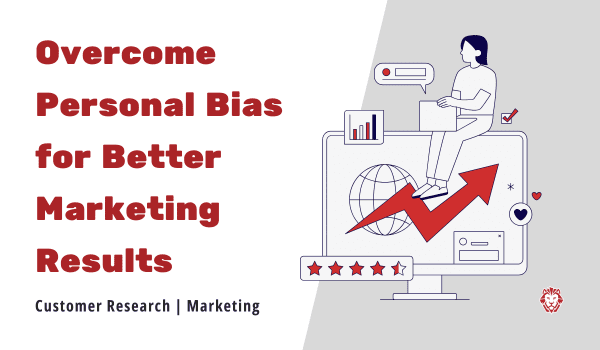
3 Pillars of White Hat SEO Success
Three Pillars of White Hat SEO Success
Assuming that you’re not actually doing the SEO work for your brand, it’s good to know the basics so that you can hold your team or agency accountable. Unfortunately, the search industry as a whole is still in a Las Vegas frame of mind- anything goes, just don’t talk about it. That doesn’t mean every search agency is untrustworthy- far from it. We’re aware of several worthy competitors that we have no problem sending conflicts to. That said, there are more than a few bad apples out there so it’s worthwhile to take time to learn the basics of SEO. Hopefully this content will help you hold your team or agency accountable and better understand what’s actually going on behind the scenes in a concerted effort to improve your brand’s website in the rankings. Here are the 3 Pillars of SEO Success in regards to White Hat SEO:
-
On-Page SEO
On-Page SEO is still important- the necessity of On-Page SEO is the one thing that stays consistent no matter what algorithm updates are announced by Google. Brands should make sure that their website contains rich snippets, also known as schema.org. Websites with Schema implemented communicate better with the search engines, which leads to better click through rates and higher rankings.
You should also make your site fully crawl-able. You can do this by asking your team or agency to check the Robots.txt coding and make sure you’re not blocking SERPs (Search Engine Ranking Programs) from crawling and indexing your site. Fixing this can lead to a quick jump in the rankings. Brands that build their sites on the WordPress platform can also use the Yoast SEO plugin to get a page analysis for each post, page, and other elements of the site in order to find low-hanging fruit for improvement.
Thinking about stuffing your site with keywords to boost your ranking? Think again. This is a common tactic with search consultants that haven’t updated their strategy since Google originally founded in 1998. A healthier alternative for your on-page SEO strategy would be to use synonyms to your target keywords and work with your copy writers to develop the content on a more in-depth basis. A simple rule of thumb for content development is to avoid anything appears to be unnatural from a copy standpoint.
-
Authority
Every SEO agency strives to build domain authority for its clients. In fact, this is one of the most time-consuming SEO strategies, but with good reason- it also produces some of the best results in the long run. You can build authority for your site by having another site “vouch” for it by linking to it. It’s important to remember that quality links matter of quantity. Look at it like this- if you were Google, would you place more value on a link from the Wall Street Journal, or a link from your aunt’s knitting blog that has one post and even fewer visitors?
Your SEO team can help your brand’s page authority by building a significant presence outside of your website- this sends authority signals back to your brand’s site and enhances your site’s overall authority. The best way to maximize this presence is to provide value on other sites and social platforms, securing likes, follows, shares, and retweets along the way. Consistency is key here- stick on message with a continued level of excellence in your efforts to build authority and you’ll see a better set of results in those monthly rankings reports.
-
Trust
Building authority and importance for your brand’s website is one thing, but building trust is a completely separate battle. Google introduced TrustRank after some SEO consultants started building what’s known as “Fake PageRank” to make their sites appear to wield more authority than they actually do.
Trust is determined by how many hops away your site is from the sites Google begins its crawls at. These sites, known as seed sites, are extremely trustworthy and authoritative sites. Each hop, or link, that separates your site from these seed sites decreases your website’s position in the search rankings and increases the chances of Google considering your site to be spam. Most of the time, if your brand’s website has a strong domain authority, it will also have a strong trust ranking.
It’s absolutely critical for brands to have a competent and coherent SEO strategy that encompasses all three of these pillars for White Hat SEO success. It’s also important to remember that the race to build page authority and trust is a marathon, not a sprint. If your SEO team or agency is showing you progress every month, be patient- quality links and the Trust and Authority that go with them aren’t built in a matter of minutes, or every website would have them.



